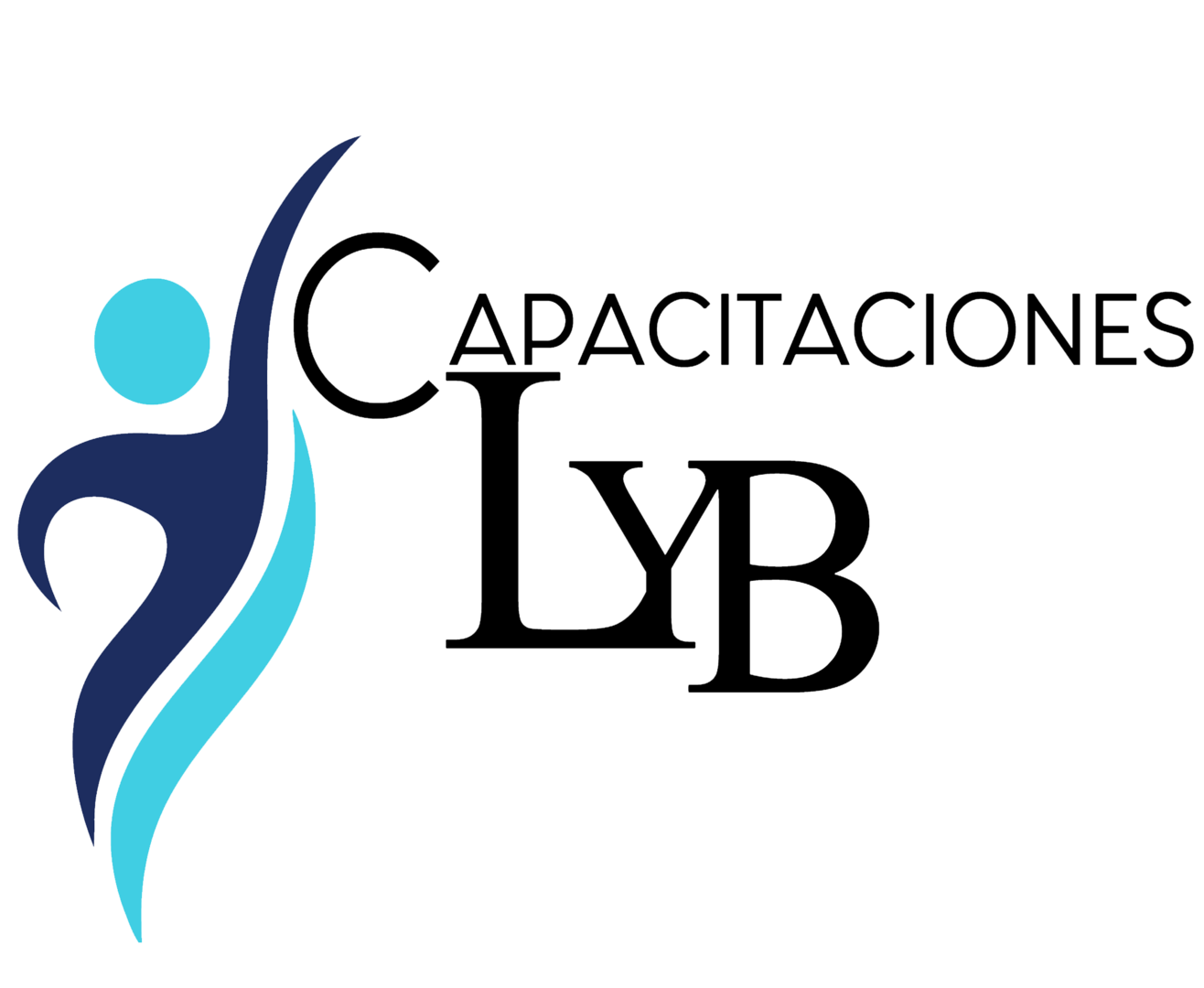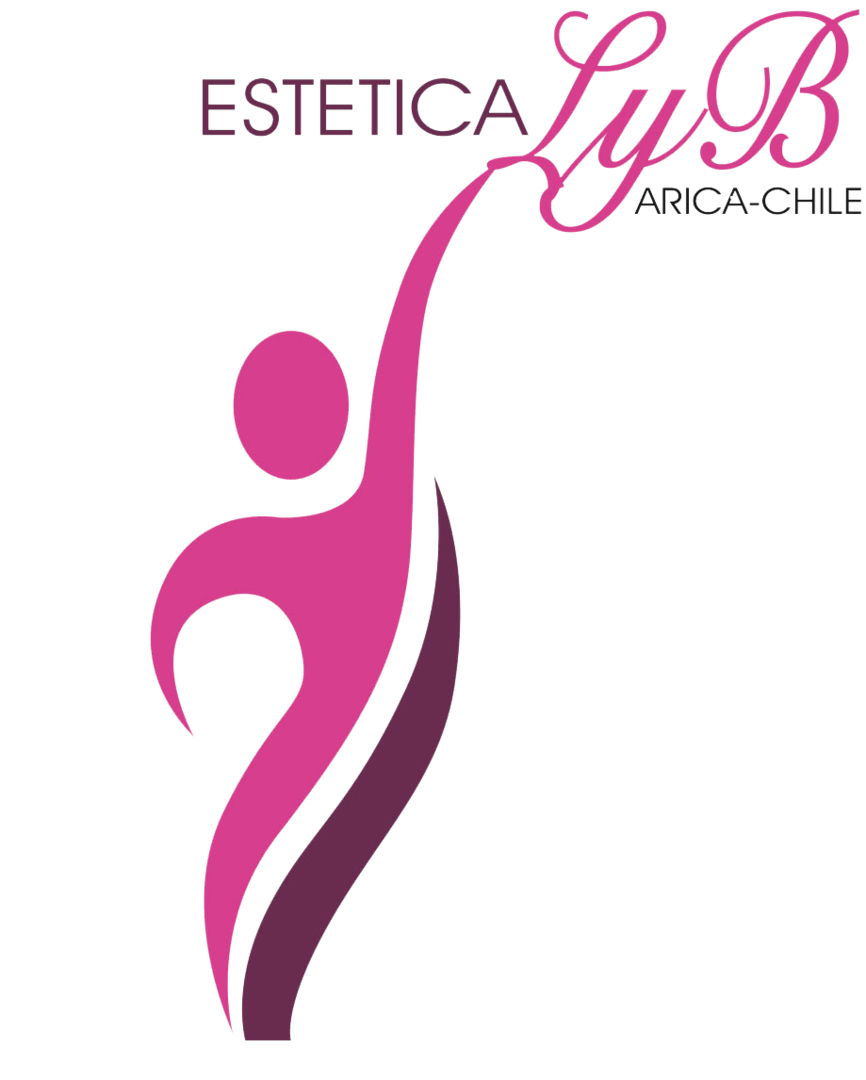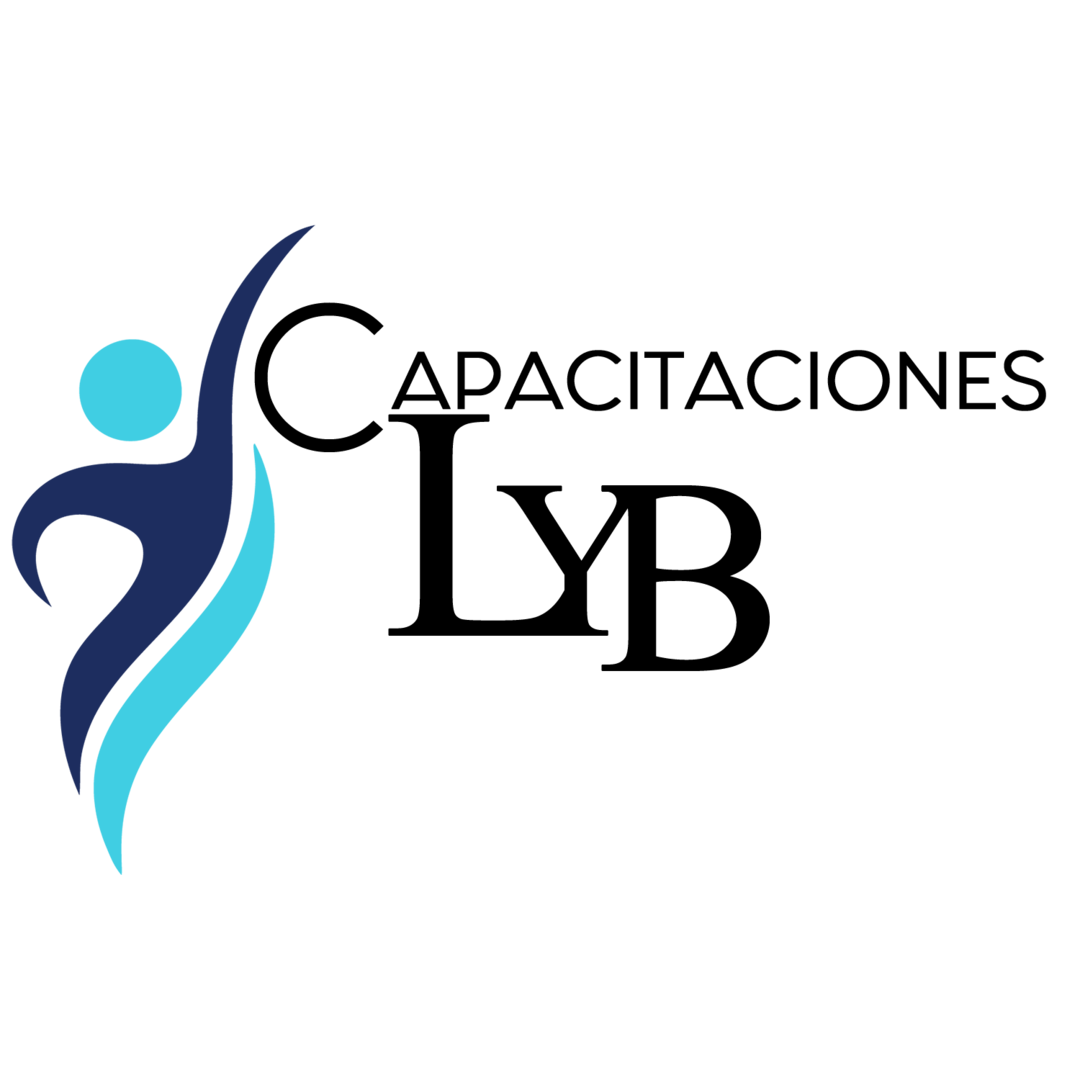Interventions also include anything your primary clinician can do to make your treatment plan more effective https://languageandmemory.net/category/creative-writing-prompts/page/5/ and comfortable. The most common goal of an addiction treatment plan is abstinence from drug and alcohol use. And while sobriety is undoubtedly a crucial end-goal, there’s far more to substance use treatment than just this. If you have questions about your coverage, call the number on your insurance card to find out more information about your specific plan. Some cognitive behavioral therapists accept insurance, but others may not accept insurance. Others may be out-of-network (OON) but offer patients the option of paying their therapy costs up-front and then sending a superbill to their insurance company for reimbursement.
By considering all aspects, we can address the underlying causes of addiction rather than just the immediate symptoms. This might involve collaborating with medical experts, social workers, and legal professionals to ensure the client receives well-rounded care. Outpatient programs can be in-person or using telehealth (meaning care online or over the phone). Telehealth can be a great way to receive care, especially for people who have a hard time getting to appointments.

Presenting Problem and Related Symptoms

By emphasizing well-defined objectives, conducting regular assessments, and employing adaptable interventions, you can develop a plan bolsters the individual’s path to recovery. It’s a joint effort that, when executed effectively, can result in long-lasting transformation and a more hopeful future for the individuals seeking assistance. Remember, starting small and progressively increasing efforts enable sustainable changes in the recovery journey. By taking it step by step, a sense of achievement is fostered, and momentum is constructed toward a healthier and addiction-free life.
What to Include in a Treatment Plan for a Substance Abuse + Example
In particular, the attention of EAPs to mixed alcohol and cocaine problems coincided with the addition of drugs to the scope of the private tier of https://inazifnani.com/baby-formula-recall-lawyer/ alcohol treatment providers, with widespread and often highly publicized offerings of combined treatment (chemical dependency) protocols. Two objectives of prison—to isolate the criminal from doing harm in and to the community and to mete out punishment as promised by the law—do not require drug treatment. But a third purpose of prison, to deter the commission of future crimes by the convict after his or her release from confinement, could well be served by treating inmates—that is, if evidence supported the presumption that treatment would reduce drug use after prison and that this would in turn reduce recidivism. If one could efficiently and effectively deploy drug treatment in prisons, where so many drug-involved criminals are located, the potential reduction in community crime costs would be a large social benefit. A close at the data on prisoners, drugs, and recidivism, however, leads to guarded expectations about whether and how much drug treatment might cut prison recidivism, notwithstanding its effectiveness in cutting drug use.
Care at Mayo Clinic
- Incorporate goals for losing weight, such as aiming to lose a specific amount of weight within a defined timeframe, to improve physical health.
- Flowers Health Institute professional ready to take care ofevery detail, from the moment of arrival.
- Your evaluation will likely explore the presence of other mental health conditions, including trauma or life events, that could be a force behind your client’s addiction.
- Overcoming an SUD is not as simple as resisting the temptation to take drugs.
Drug treatment clinicians have devised ways to respond to these varying client features and have incorporated these methods into program policies and goals. Program policies are not all dry abstractions and pious sentiments; rather, they are rules of thumb for selecting clients for admission, dispensing discipline or extra attention, or deciding on discharge. Every program admits applicants to some degree according to its reading of an applicant’s motives and situation, including the role of third parties such as the law and third-party payers.

Between one-half and two-thirds of admissions to these modalities had some form of legal supervision such as parole or probation. Very few methadone clients—less than 3 percent—were directly referred by justice agencies in the 1979–1981 sample (Allison et al., 1985; Hubbard et al., 1989), but probation or parole status was quite common. In other studies, large proportions of methadone clients have indicated subjectively perceived pressure involving their legal status (Anglin et al., 1989b).
- For example, the moral censure of drugs and the desire to reduce the prevalence of drug-related crime were early and clear influences on the development of publicly supported treatment programs.
- Let’s dive into these invaluable insights to empower your recovery journey.
- Treatment programs that offer more of these evidence-based components have the greatest likelihood of producing better outcomes.
- It involves a form of talk or behavioral therapy and sometimes medication.
- Through open-ended questions and reflective listening, counselors can assist clients in resolving any ambivalence and reinforcing their dedication to recovery.
- When efficacy over another evidence-based treatment is sought, the field for selection shrinks, and for many disorders, it is eliminated.
- Second, drug treatment episodes involve multiple parties, and the ultimate results of any treatment episode are shaped by the differing objectives and behavior of those parties.
- Finally, most forms of drug treatment, if implemented according to best clinical practice, are rigorous.
- Recovery from chronic, relapsing conditions takes time and requires much effort from an individual; how much the client wants to work toward recovery undoubtedly makes a difference in treatment.
But full recovery is not a realistic goal for other individuals, and those others make up the majority of admissions to most drug programs. For another fraction of applicants, even partial recovery as a result of the particular treatment episode is unlikely, although a period in treatment may plant or nurture the seeds of more serious efforts toward treatment and recovery in the future. The drug treatment and crime control systems share important goals—in particular, their clients’ pursuit of less criminal and drug-involved lives. There are probably 40,000 individuals in drug treatment programs in jail or prison, out of nearly 1 million persons in custody on any given day. More broadly, many courts and correctional systems use commitment or referral to community-based treatment programs—usually programs involving close supervision, such as residential facilities—as alternatives or adjuncts to probation or parole.
- SUD affects the parts of the brain involved in reward and motivation, learning and memory, and control over behavior.
- When an individual’s substance use problem meets criteria for a substance use disorder, and/or when brief interventions do not produce change, it may be necessary to motivate the patient to engage in specialized treatment.
- Located on the historic peninsula of Charleston, South Carolina, Lantana Recovery takes a modern approach to Substance Use Disorder treatment, offering intensive clinical care while also immersing our clients in local Charleston culture.
- The justification for the higher level of resources expended per client hinges on the prevailing norms surrounding assistance to the disadvantaged and the effectiveness with which programs are able to employ these resources to produce better recovery outcomes.
Engage in individual or group therapy sessions to discuss challenges, develop coping mechanisms, and receive professional guidance. Join support groups like Alcoholics Anonymous (AA) or Narcotics Anonymous (NA) for a sense of community, shared experiences, and encouragement. Transition to a sober living house after inpatient treatment for a structured, substance-free environment with housemates in recovery and access to additional resources. Build a strong support network including family and close friends for emotional support, encouragement, and accountability.
The Most Effective Treatment Plan for Substance Abuse
The identified practices were organized into five sub-themes related to goal setting (10 practices), goal monitoring (10 practices), as well as practices specific to mechanisms of goal pursuit and behavior change. These practices involved ways to attend to client self-determination (4 practices), motivation (4 practices), and self-efficacy (4 practices). In http://www.bndknives.com/HistoricalSwords/weapons-used-in-wwii light of the substantial losses to society resulting from active drug abuse and dependence, the committee considers a quantitative reduction in illicit drug consumption and the problems that accompany it for an individual client to be a socially and personally valuable result. An extended abstinence, even if punctuated by slips and short relapses, is beneficial in itself and may serve as a critical intermediate step toward lifetime abstinence and recovery. A useful shorthand for this pragmatic goal is that drug treatment strives to initiate, accelerate, and help sustain the recovery process.



